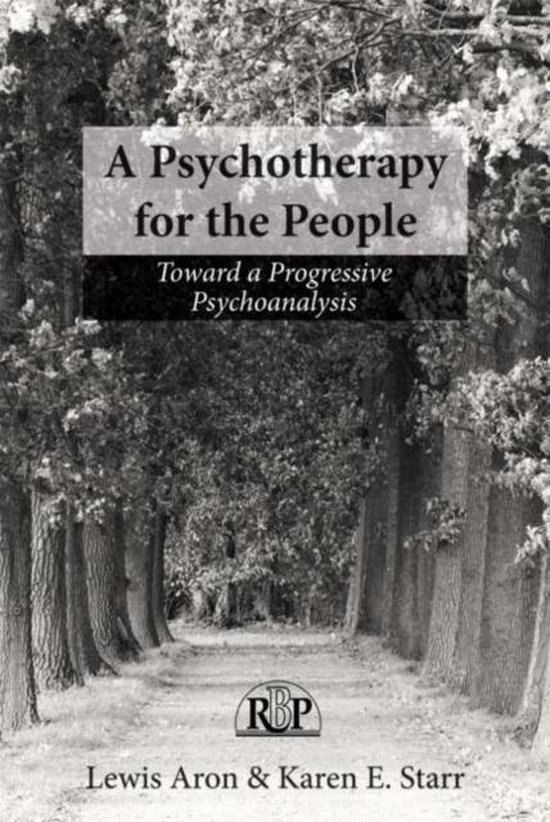Psychotherapy for the people

2 - 3 weken
This book discusses redefining psychoanalysis in relation to psychotherapy, modifying psychoanalytic education, and recognizing its continued biases.
How did psychoanalysis come to define itself as being different from psychotherapy? How have racism, homophobia, misogyny and anti-Semitism converged in the creation of psychotherapy and psychoanalysis? Is psychoanalysis psychotherapy? Is psychoanalysis a "Jewish science"?
Inspired by the progressive and humanistic origins of psychoanalysis, Lewis Aron and Karen Starr pursue Freud's call for psychoanalysis to be a "psychotherapy for the people." They present a cultural history focusing on how psychoanalysis has always defined itself in relation to an "other." At first, that other was hypnosis and suggestion; later it was psychotherapy. The authors trace a series of binary oppositions, each defined hierarchically, which have plagued the history of psychoanalysis. Tracing reverberations of racism, anti-Semitism, misogyny, and homophobia, they show that psychoanalysis, associated with phallic masculinity, penetration, heterosexuality, autonomy, and culture, was defined in opposition to suggestion and psychotherapy, which were seen as promoting dependence, feminine passivity, and relationality. Aron and Starr deconstruct these dichotomies, leading the way for a return to Freud's progressive vision, in which psychoanalysis, defined broadly and flexibly, is revitalized for a new era.
A Psychotherapy for the People will be of interest to psychotherapists, psychoanalysts, clinical psychologists, psychiatrists--and their patients--and to those studying feminism, cultural studies and Judaism.
- 1 Bekijk alle specificaties
Taal: en
Bindwijze: Paperback
Oorspronkelijke releasedatum: 03 december 2012
Aantal pagina's: 442
Illustraties: Nee
Hoofdauteur: Lewis Aron
Tweede Auteur: Karen Starr
Hoofduitgeverij: Routledge
Extra groot lettertype: Nee
Product breedte: 159 mm
Product hoogte: 25 mm
Product lengte: 235 mm
Studieboek: Nee
Verpakking breedte: 154 mm
Verpakking hoogte: 229 mm
Verpakking lengte: 29 mm
Verpakkingsgewicht: 702 g
EAN: 9780415529990